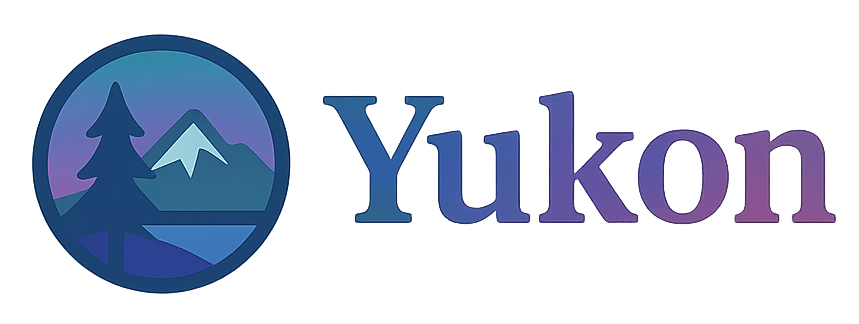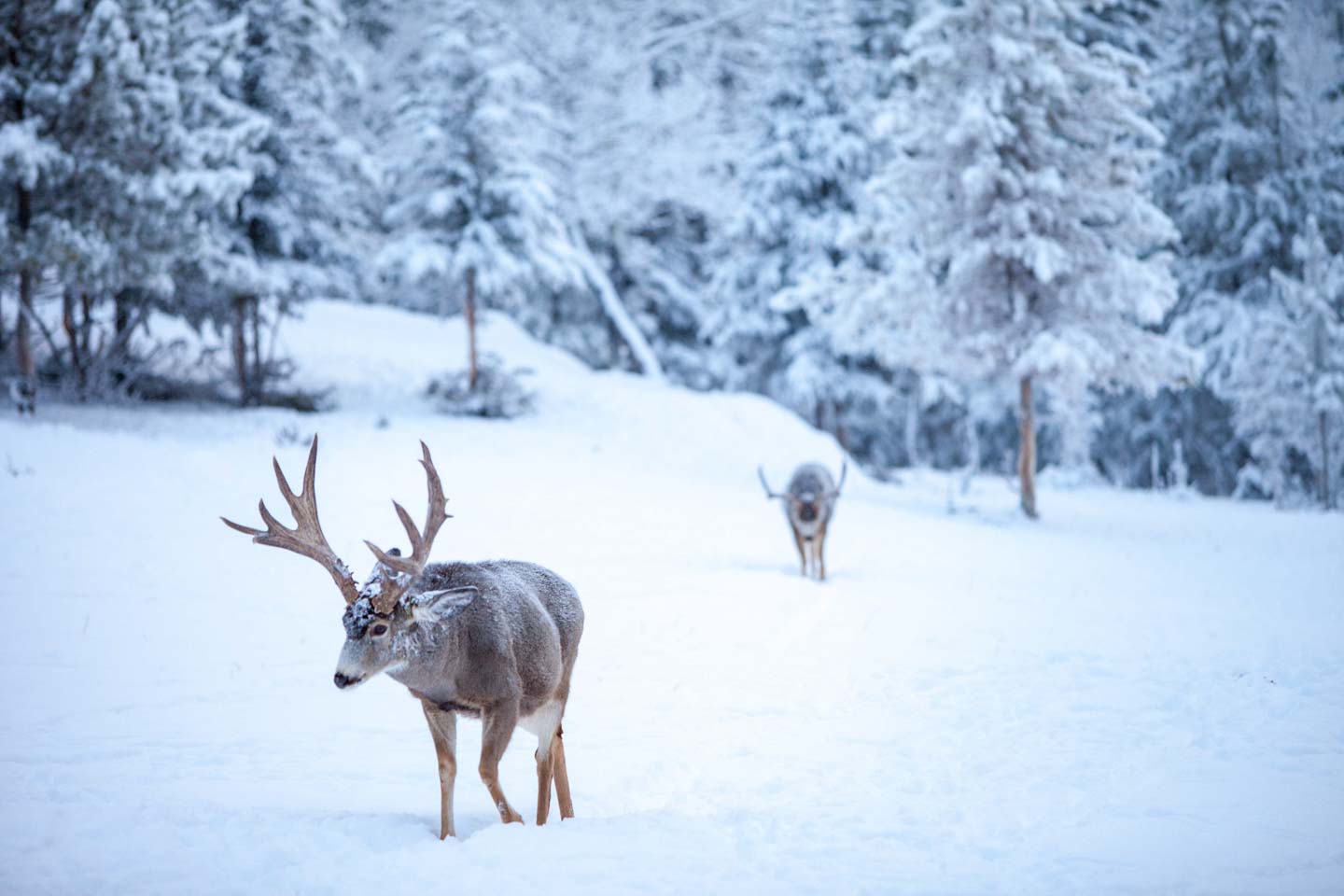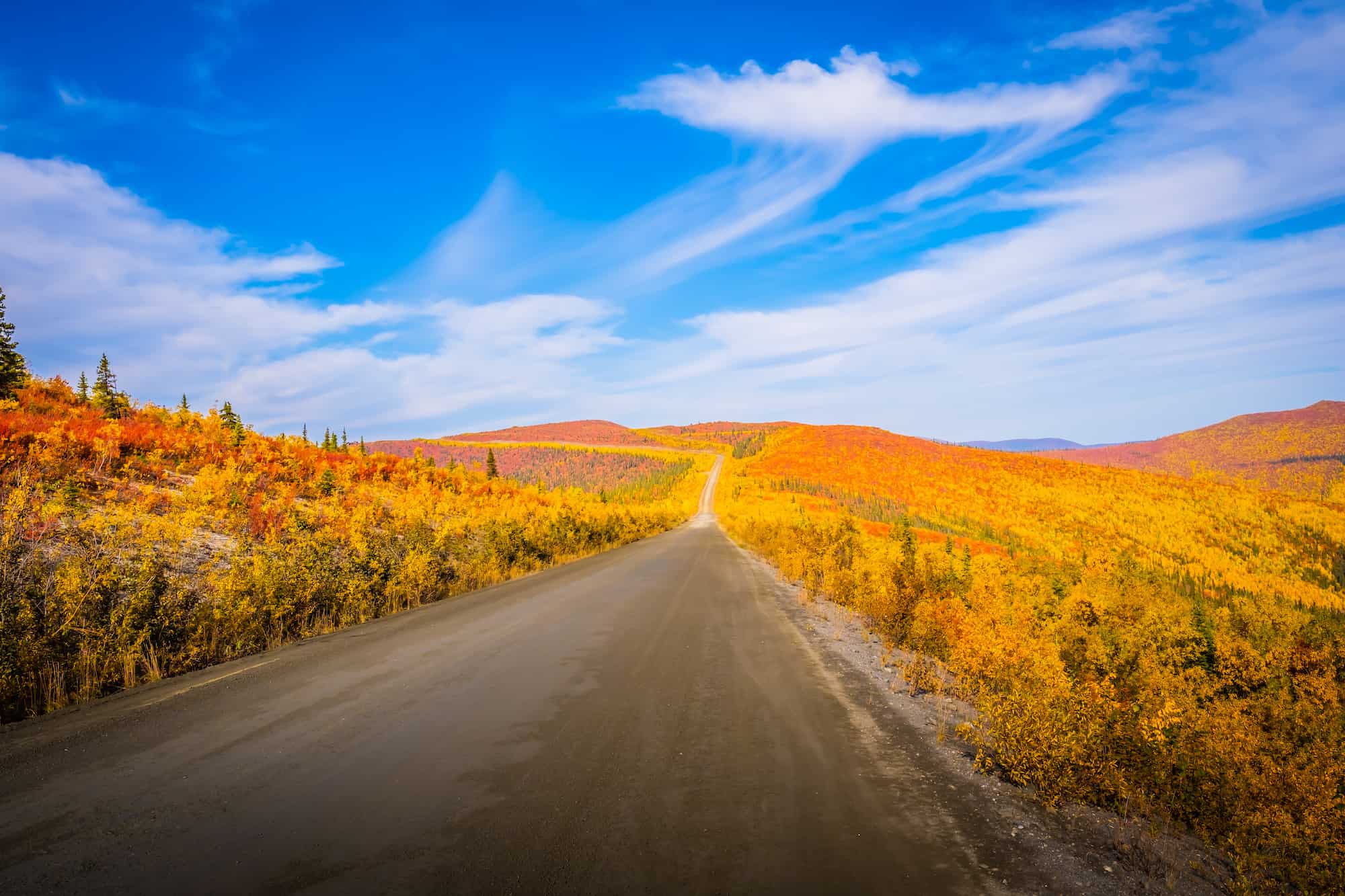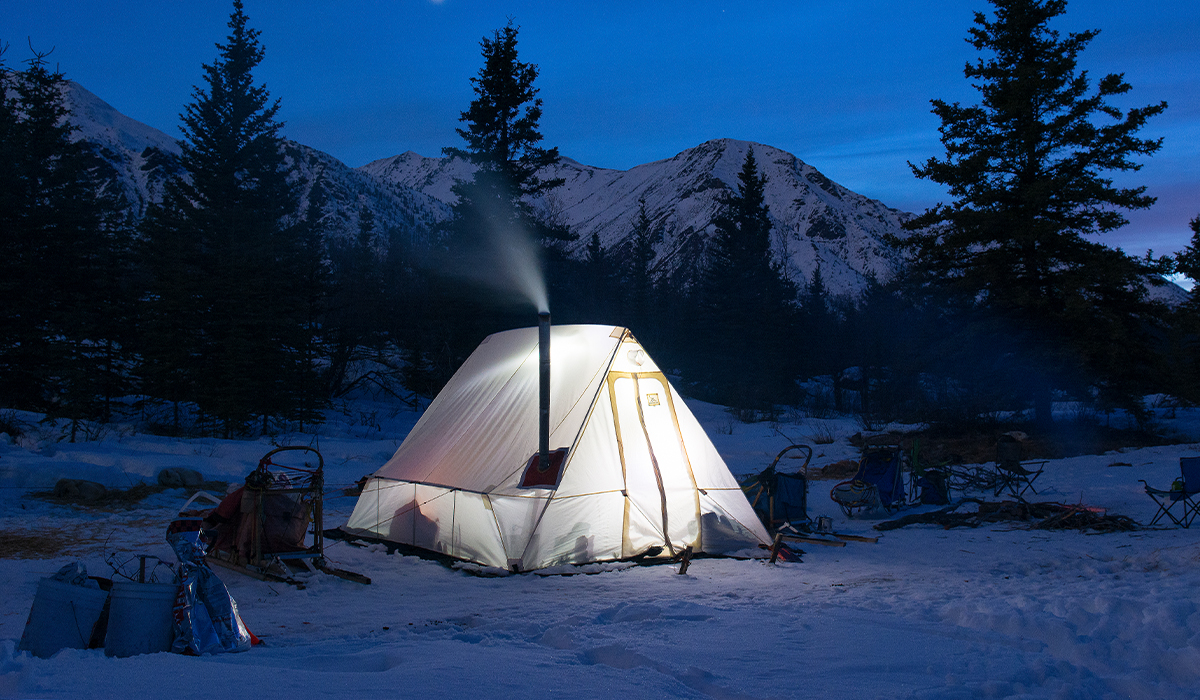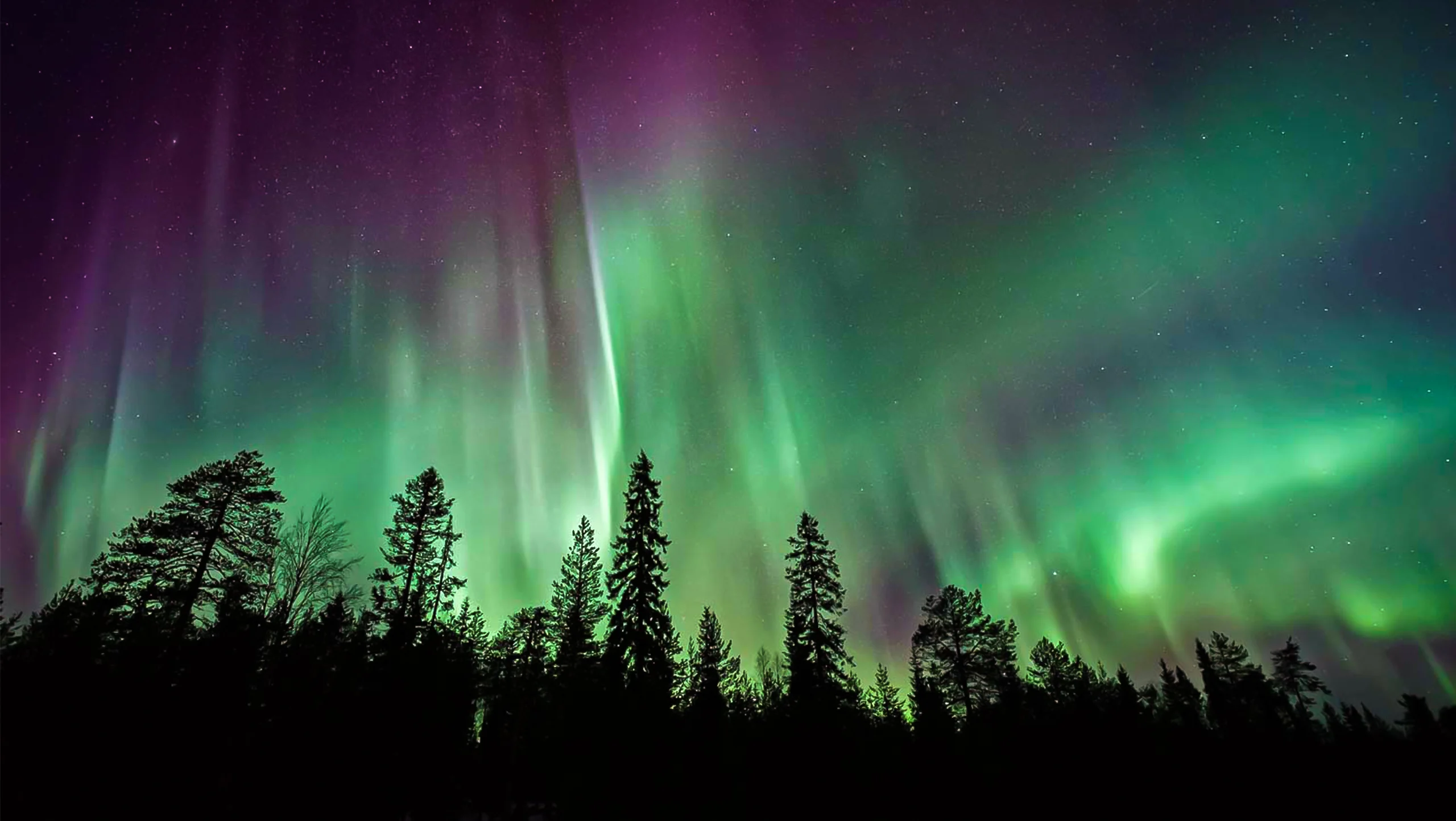Looking to see the Northern Lights in Yukon, Canada? Here’s your complete guide to the best time, places, tips, and tours for witnessing the aurora borealis in this stunning northern destination.
✨ Introduction
If seeing the Northern Lights is on your bucket list, there’s no better place than Yukon, Canada. With vast open skies, minimal light pollution, and long, dark winters, Yukon offers some of the best aurora viewing conditions in the world.
In this guide, you’ll learn exactly when to go, where to look, and how to prepare for an unforgettable night under the aurora borealis.
📅 Best Time to See the Northern Lights in Yukon
Yukon’s aurora season runs from late August to mid-April, but your best chances are between November and March when nights are longer and darker.
| Month | Visibility Level | Notes |
|---|---|---|
| August–October | Moderate | Shorter nights, mild weather |
| November–March | Excellent | Peak season with long dark nights |
| April | Moderate | Warmer temps, shorter visibility |
🕙 Best Time of Night: 10:00 PM to 3:00 AM
📱 Tip: Use the Aurora Forecast app or AuroraWatch.ca to track real-time activity.
📍 Best Places to See the Northern Lights in Yukon
Avoid city lights for the best view. Here are top aurora viewing spots:
1. Whitehorse Outskirts
Just 15 minutes outside the city, you’ll find perfect dark-sky conditions. Try areas near Fish Lake or Hidden Lakes.
2. Lake Laberge
A 45-minute drive north of Whitehorse, this lake offers wide open skies and beautiful reflections.
3. Dawson City
Located far from major urban centers, Dawson’s skies are crystal-clear in winter.
4. Takhini Hot Springs Area
Soak in warm mineral water while watching the lights dance overhead. A local favorite.
5. Yukon Wildlife Preserve
Great for a day visit and quiet night viewing afterward — close to Whitehorse, but dark enough for prime visibility.
📷 How to Photograph the Northern Lights
No need to be a pro — just follow these basic camera tips:
-
📸 Use a tripod for stability
-
🔧 Manual mode settings:
-
ISO: 800–1600
-
Aperture: f/2.8–f/4
-
Shutter: 10–25 seconds
-
-
🔭 Focus to infinity
-
🔋 Pack extra batteries (cold drains power quickly)
-
🚫 Turn off flash and autofocus
🚐 Guided Tours vs DIY Aurora Chasing
✅ Take a Guided Tour if you:
-
Want expert help with photography
-
Don’t have your own transportation
-
Prefer warm shelters & hot drinks
Recommended Operators:
-
Arctic Range Adventure
-
Northern Tales Travel Services
-
Sky High Wilderness Ranch
🧭 Go DIY if you:
-
Have a rental car
-
Are comfortable navigating rural roads
-
Want full flexibility
🧊 Note: Winter driving conditions can be hazardous — always check weather updates and pack emergency gear.
🧤 What to Pack for Aurora Viewing
It can get extremely cold during aurora season. Dress in warm, layered clothing:
-
Thermal base layers
-
Insulated parka or jacket
-
Snow pants
-
Wool socks & winter boots
-
Toque, gloves, and scarf
-
Hand warmers & thermos
-
Blanket or sleeping bag for comfort
Optional:
-
Camera & tripod
-
Headlamp with red-light mode
-
Snacks and hot chocolate
💡 Aurora Viewing Tips & Etiquette
-
🚫 No bright lights — respect others trying to take photos
-
🚮 Leave no trace — pack out trash and stay on designated paths
-
🤫 Keep noise low — many spots are near wildlife areas
-
🎒 Be prepared — tell someone where you’re going if venturing far
🏕️ Bonus: Stay at an Aurora Lodge
Want the ultimate viewing experience? Book a stay at one of Yukon’s aurora-focused lodges. These often offer:
-
Private cabins
-
Outdoor viewing platforms
-
Nightly aurora alerts
-
All-inclusive packages with food & gear
Popular options include:
-
Northern Lights Resort & Spa
-
Boreale Ranch
-
Inn on the Lake
🌠 Conclusion
Witnessing the Northern Lights in Yukon is an experience you’ll never forget. Whether you head out on your own or join a guided tour, you’ll be immersed in nature and magic as ribbons of color dance across the northern sky.
So grab your warmest gear, charge your camera, and prepare for one of the most breathtaking shows on Earth — no ticket required.
